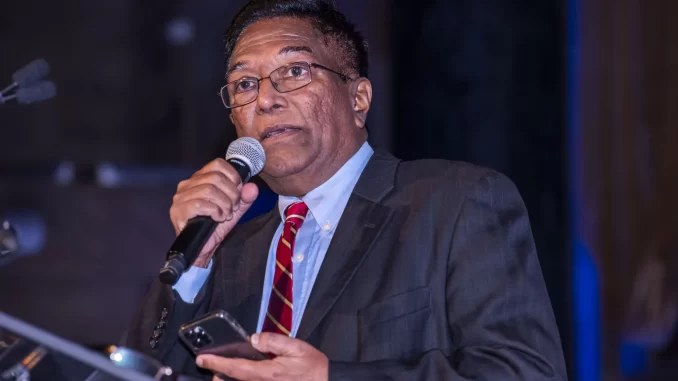
The Sankara Eye Foundation (SEF) is the world’s largest free eye care program, and has been instrumental in restoring the gift of sight to countless individuals, transforming their lives and communities. Through its unwavering commitment to eradicating curable blindness in India, SEF has not only restored vision, but also rekindled the flames of opportunity and hope for the less fortunate.
Genesis of the Sankara Eye Foundation
The inception of SEF can be traced back to the late 1970s, when Dr. R.V. Ramani and his wife Dr. Radha Ramani, both visionary ophthalmologists, recognized the pressing need for affordable and accessible eye care in India. Witnessing the alarming prevalence of curable blindness in the country, they embarked on a journey to make a difference. Their vision was to provide world-class treatment to those devoid of the resources to access it on their own.
Their dream was realized in 1977 when SEF was formally established in Coimbatore, India. With a modest beginning, the organization started its mission to eliminate curable blindness, one eye at a time. Driven by a deep sense of purpose, the foundation rapidly expanded its footprint and developed a unique approach that combined free quality medical care with compassionate service.
SEF’s U.S. chapter (SEF, USA) was founded by Murali Krishnamurthy in 1998. Motivated by his uncle P. Balasubramaniam, a Rotarian and then volunteer at SEF’s headquarters in Coimbatore, Krishnamurthy and his brother, Sridharan, set out to further SEF’s initiatives by raising awareness and funds in the United States. Through their efforts, the Krishnamurthy brothers helped SEF rapidly increase their annual rate of free eye surgeries from 8,000 a year to 15,000 to 22,000 a year, and so on.
Mission and Impact
The core mission of the SEF is succinctly captured in its tagline: “Give the Gift of Vision.” Throughout its journey, SEF has aimed to provide free eye care services to the economically disadvantaged sections of India. Its impact has been truly transformative, as it has not only restored vision but also rejuvenated hope, self-esteem, and economic prospects for individuals and their families.
SEF’s impact extends beyond just medical treatment. The organization places a strong emphasis on education and awareness. Through various outreach programs and camps, it educates communities about the importance of eye health and regular check-ups. This preventative approach has proven to be invaluable in curbing the prevalence of avoidable blindness.
The Hospital Network
At the heart of SEF’s operations is its network of eye care hospitals strategically located across India. These hospitals are equipped with state-of-the-art technology and staffed by skilled medical professionals who are committed to their cause.
Over the years, SEF’s network has expanded to include hospitals in multiple states, including Tamil Nadu, Andhra Pradesh, Karnataka, Gujarat and so on. The organization’s growth has been supported by generous contributions from philanthropists, corporations, and individuals who share in its mission. Currently, SEF has 12 hospitals (with another upcoming), and works with eleven partner hospitals.
Innovation and Sustainability
SEF’s success can be attributed to its innovative approach to healthcare delivery and sustainability. While its primary focus is on eye care, the organization recognizes the interconnectedness of various issues affecting marginalized communities. This holistic understanding has led SEF to undertake initiatives that address education, women’s empowerment, and rural development.
Future Outlook
Looking forward, SEF remains steadfast in its commitment to eliminating curable blindness. This year, the organization is on track to perform 450,000 free eye surgeries, inching closer to their 2030 vision of providing one million free eye surgeries annually to eventually eliminate curable blindness entirely.
SEF also aims to expand its hospital network further, reaching even more underserved regions. It also seeks to leverage technology and telemedicine to extend its impact to remote areas where physical access to medical facilities is limited.
Conclusion
The Sankara Eye Foundation stands as a testament to the power of compassionate vision and unwavering determination. Its journey from a small idea to a network of transformative eye care hospitals is a story of hope, impact, and innovation. Through its relentless pursuit of its mission, SEF has not only illuminated countless lives, but has also ignited a spark of positive change in the communities it serves. As it continues to shine a light on curable blindness, SEF exemplifies the potential of humanitarian initiatives to make a lasting difference in the world.
Bibliography
- How SEF was formed: https://scroll.in/pulse/848531/how-a-small-clinic-in-coimbatore-grew-into-one-of-the-biggest-charitable-eye-hospitals-in-india
- Information on hospitals: https://www.giftofvision.org/all-hospitals
- Innovation and sustainability: https://sankaraeye.com/social-impact/

